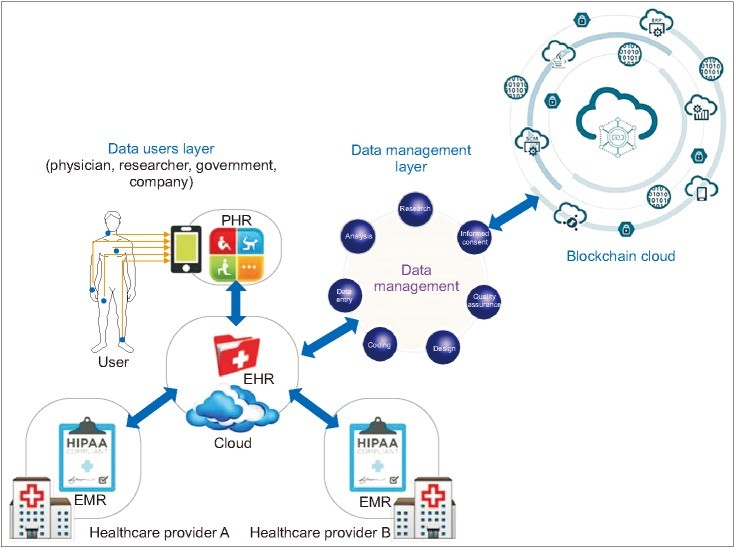Predictive Maintenance Harnessing Machine Learning for Efficiency

Revolutionizing Efficiency: Predictive Maintenance Meets Machine Learning In the ever-evolving landscape of industrial operations, predictive maintenance powered by machine learning…

